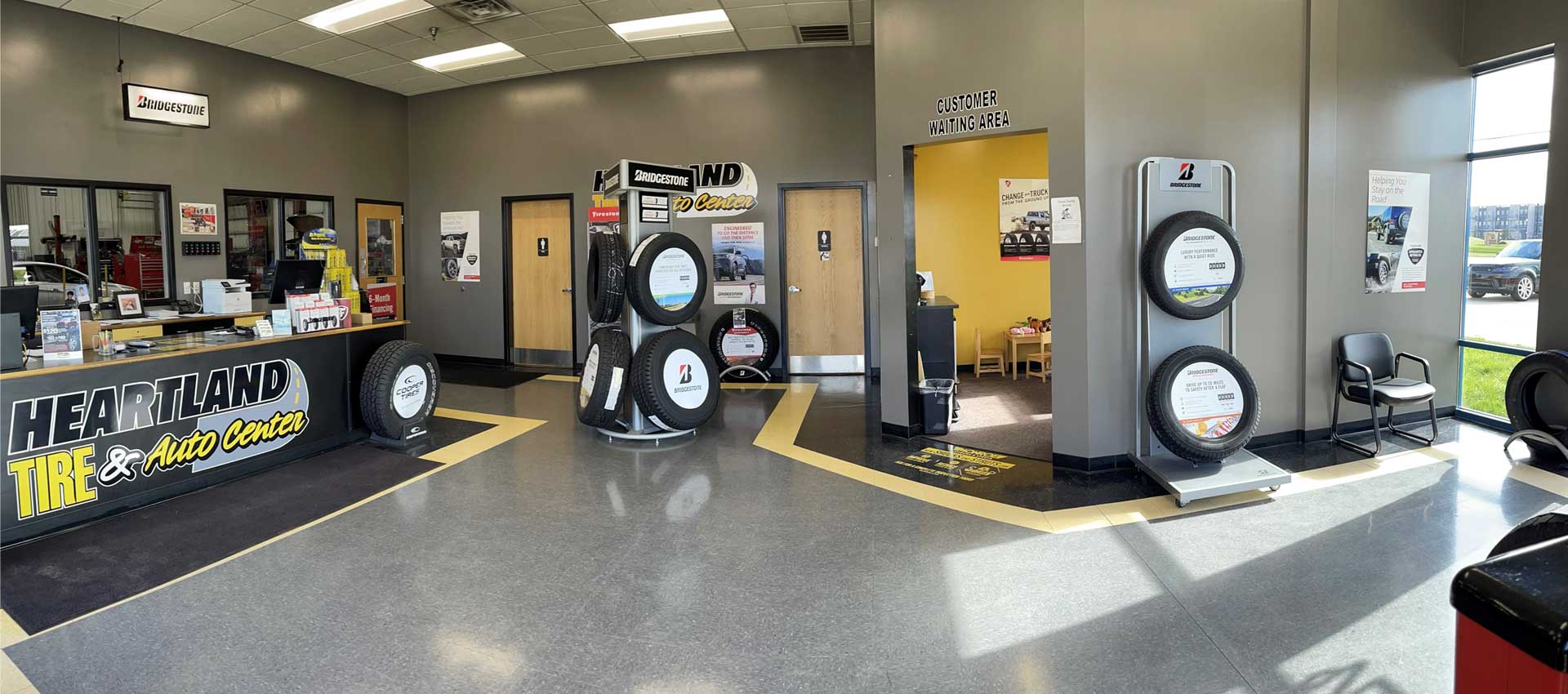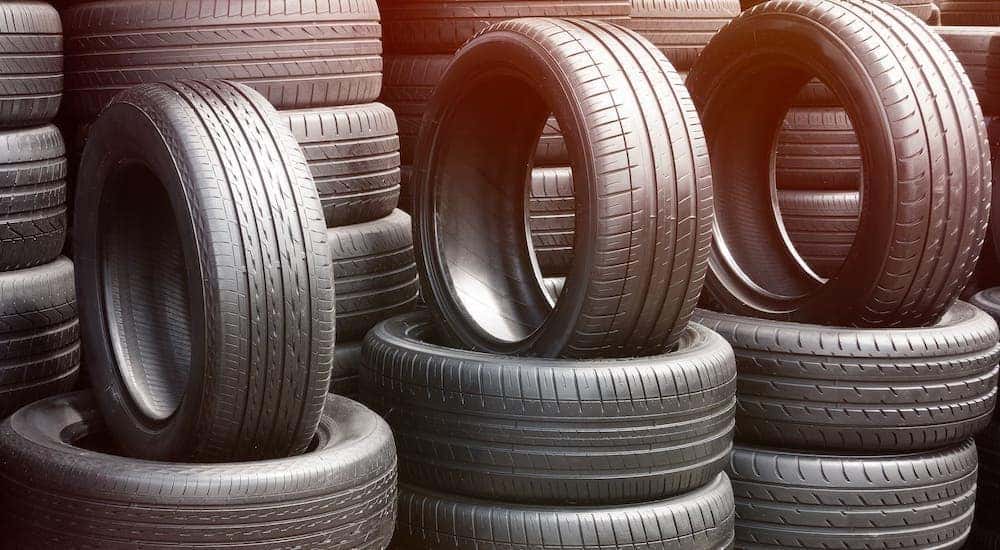Expert Morris Tire and Alignment: Improve Your Car's Performance
Expert Morris Tire and Alignment: Improve Your Car's Performance
Blog Article
Tire Solution: The Effect of Weather Problems
When it comes to making sure optimal performance and safety and security when driving, comprehending the impact of weather on tire solution is important. From scorching warmth to icy roads, each weather aspect can dramatically influence tire performance and total driving experience. By diving into the effects of varying weather condition problems on tires, drivers can get useful insights that may boost their lorry's performance and longevity. In this discussion, we will check out the detailed relationship between weather condition conditions and tire solution, dropping light on the relevance of weather-specific tire upkeep techniques and considerations.
Warm and Tire Performance
When revealed to high temperature levels, tires experience changes in efficiency that can substantially impact vehicle safety and handling. The heat generated from long term driving or hot climate problems triggers the tire rubber to soften, leading to decreased step life and boosted wear.
Furthermore, high temperature levels can accelerate the process of tire aging, triggering the rubber to wear away much more promptly. To mitigate the impacts of warm on tire efficiency, chauffeurs need to regularly inspect their tire stress, revolve tires to guarantee also put on, and evaluate for any signs of damage.
Cold Weather Condition Results
Cold weather condition problems can have a considerable impact on tire efficiency and security. In cold weather condition, tires may likewise lose air stress a lot more quickly, which can influence dealing with and fuel effectiveness.
To reduce the results of winter on tires, it is critical to consistently check tire stress and inflate them to the maker's suggested degrees. Making use of winter season or all-season tires created for cold weather conditions can likewise boost grip and grip on icy or snowy roads - tire shop morris. Proper tire maintenance, including normal evaluations for wear and damages, ends up being a lot more crucial throughout colder months to guarantee optimal efficiency and safety and security
Rainy Conditions Impact
During stormy conditions, tire efficiency and safety can be considerably influenced by the damp roadway surfaces and reduced exposure. The tread pattern of tires plays an essential duty in keeping traction on wet roadways. Tires with worn-out footsteps are much more susceptible to hydroplaning, where a layer of water accumulates between the tire and the roadway surface, bring about loss of traction. To fight this, motorists should regularly inspect their tires for appropriate walk deepness and consider buying tires particularly made for wet conditions.

Snow and Tire Safety
When driving in snowy conditions, having the best tires can make a substantial distinction in safety and efficiency. Winter tires are designed with special rubber substances and walk patterns to supply much better grip on snow and ice compared to all-season tires.
Along with using winter tires, it is critical to ensure they are properly inflated. Winter can trigger tire pressure their explanation to go down, affecting grip and handling (tire shop morris). Routinely examining and keeping the proper tire pressure is vital for ideal performance in snowy problems

Weather-Related Tire Maintenance
Weather-related tire upkeep incorporates a check this variety of practices intended at making sure optimal tire feature and durability in different climate situations. One crucial aspect of weather-related tire maintenance is tire stress policy. Inspecting tire tread consistently and changing tires when tread wear gets to a specific depth is crucial for maintaining grip and stability in adverse weather condition.
Conclusion
To conclude, weather have a considerable effect on tire efficiency and safety. From warmth affecting tire stress and wear to chilly weather minimizing traction, it is necessary to consider the weather condition when maintaining and utilizing tires. Stormy conditions can reduce grasp and result in hydroplaning, while snow can raise the risk of mishaps if tires are not properly geared up. Weather-related tire upkeep is essential in making sure optimal performance and security when driving.
In this discussion, we will check out the complex partnership in between climate problems and tire solution, shedding light on the importance of weather-specific tire maintenance practices and considerations.

Report this page